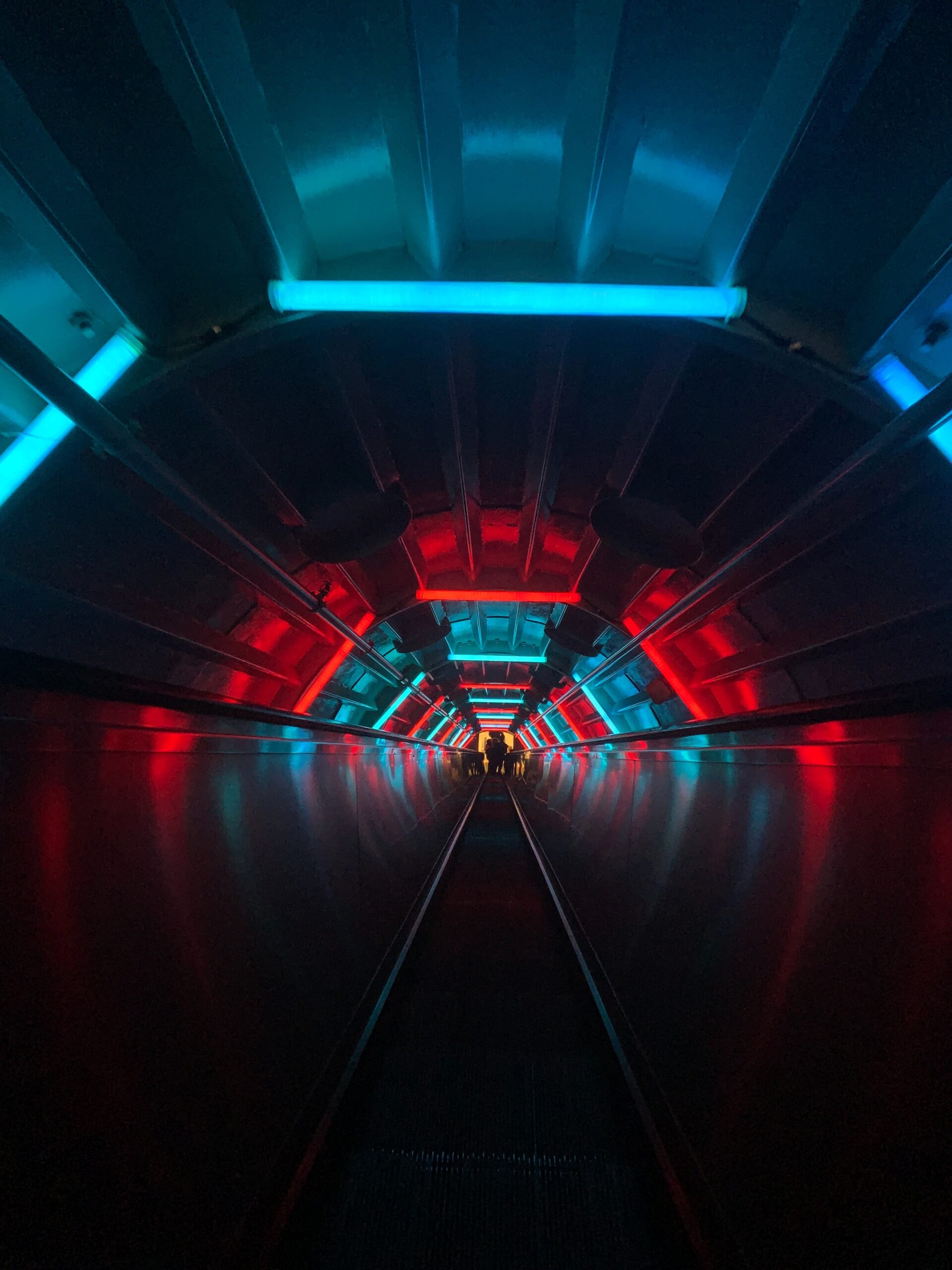The next major revision of our flagship Linux distribution is getting closer every day. With every new commit, fix and new feature Nitrux 1.1 is looking like a reality.
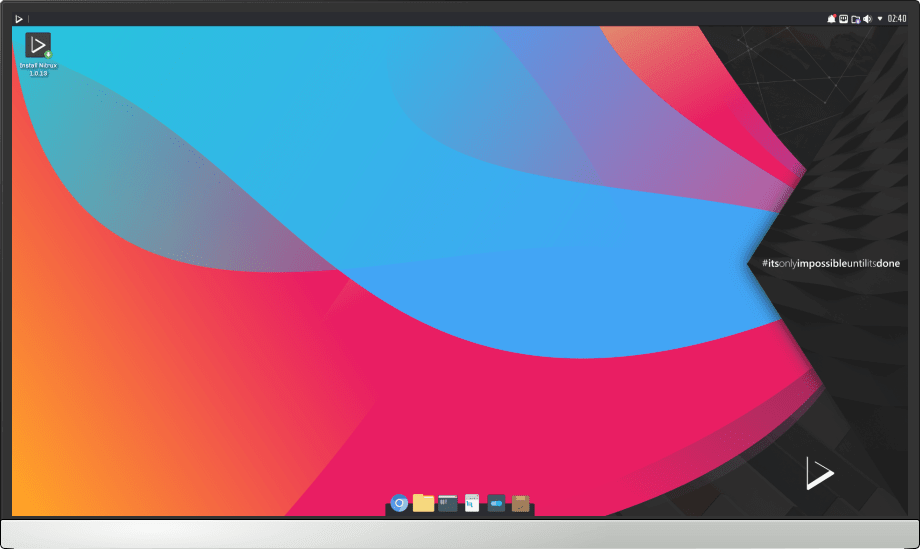
Significant changes will include the use of znx, more AppImage integration, and Kirigami-built apps. Let’s talk about the former. znx is our in-house tool that improves on the ideas set forth by OSTree.
znx is built around the UNIX Philosophy guidelines. It aims to be a simple tool that does one thing and does it well. It’s amazing to see how small and simple programs can be structured to assemble beautiful scripts in UNIX systems because UNIX is all about simplicity.
With znx we hope to:
- Perform safe (atomic) updates to any of the systems installed, allowing rollbacks.
- Differential updates (download only the new or modified content).
- Support for multiple OS installations within the same file system.
- Download an OS, let znx register it and it will be available in the next boot (very similar to AppImage).
znx is a UNIX shell script that acts as a bridge to join some programs. These include:
- sgdisk.
- The GRUB2 bootloader.
- The zsync protocol.
znx is a tool that we hope changes the way operating systems are created and distributed. Our focus on portability comes from using AppImage and our continued work with the developers of the format. You can read more about it here.
The latter is the Maui Project. Maui stands for Multi-purpose Application User Interface. The Maui Project aims for convergence making use of the KDE community technologies to bring a set of templated controls and widgets that work across different platforms and devices.
Maui is a project that aims for convergence[…] apps that work across different platforms and devices.
The Maui Kit project provides controls and custom widgets based on QCC2 (Qt Quick Controls 2) and Kirigami that follows the Maui HIG and makes it easier to create convergent applications.

An example of what Maui Kit brings to the table can be found at the toolbars. The Maui HIG describes a set of toolbars; a HeadBar, FootBar and secondary toolbars.
- The HeadBar contains the main buttons that let you browse through the application views, and therefore it works as a clear indication for the users to know where they stand.
- The FootBar contains controls for quick access to the primary and more relevant actions.
- The secondary toolbars are contextual, and therefore their content depends on each view in the application.

Learn more about Maui Project here.
Finally, our integration with AppImages improves with every day. We have developed a fully working web front-end and back-end to serve AppImages to new users of our distribution. It easily allows users to search and download new AppImage files with quicker and more accurate results, something that we couldn’t do back when we were focusing on Snaps. We’re hoping to make this front-end publicly available in the coming months.
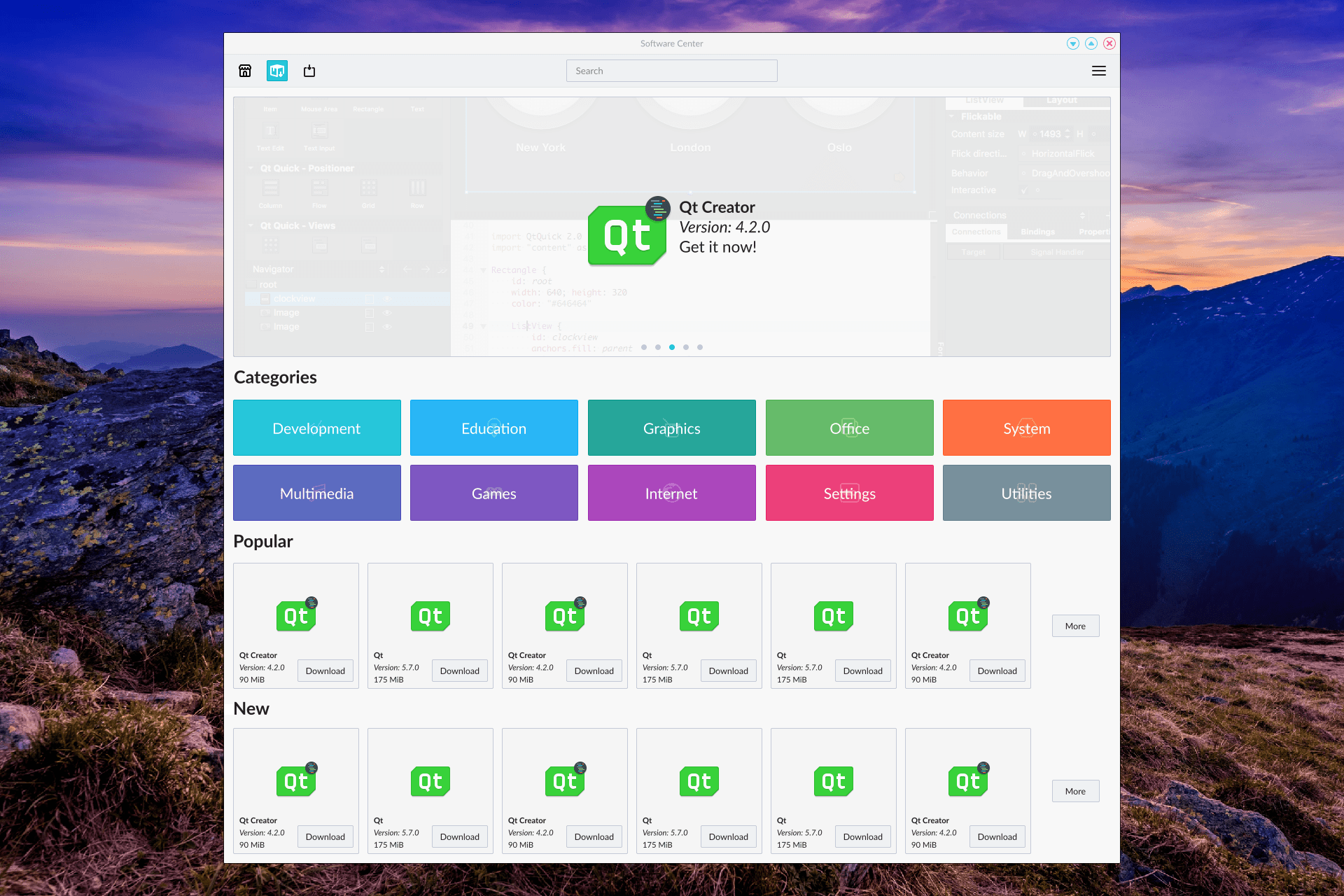
The back-end we’re using was developed with the help from the AppImage team, and it allows our software center to adequately provide a listing of hundreds of applications when a query is performed. Before this, we had to pull information from one source at a time; now we’re able to list the results of various sources in one place. Using the metadata from the AppImage formatted file to provide the user with the details of any application like size, developer, description, screenshots, etc. and displaying this via our web front-end or locally through the Software Center.
In addition to this, we’ve also developed a set of tools to integrate AppImage files with XDG-compliant desktop environments, like Plasma 5.
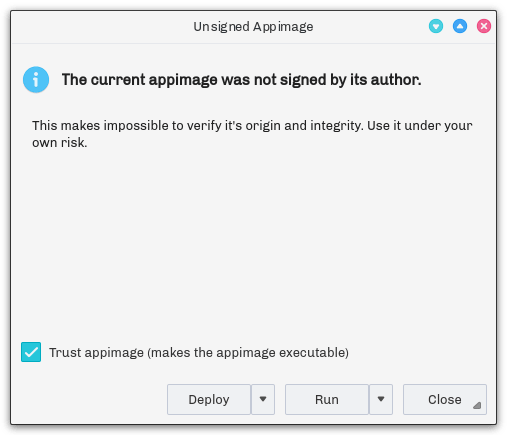
Nitrux OS includes this integration by default. This integration, which allows users to download and manage AppImages in a perfectly friendly manner is readily available at our GitHub repository.
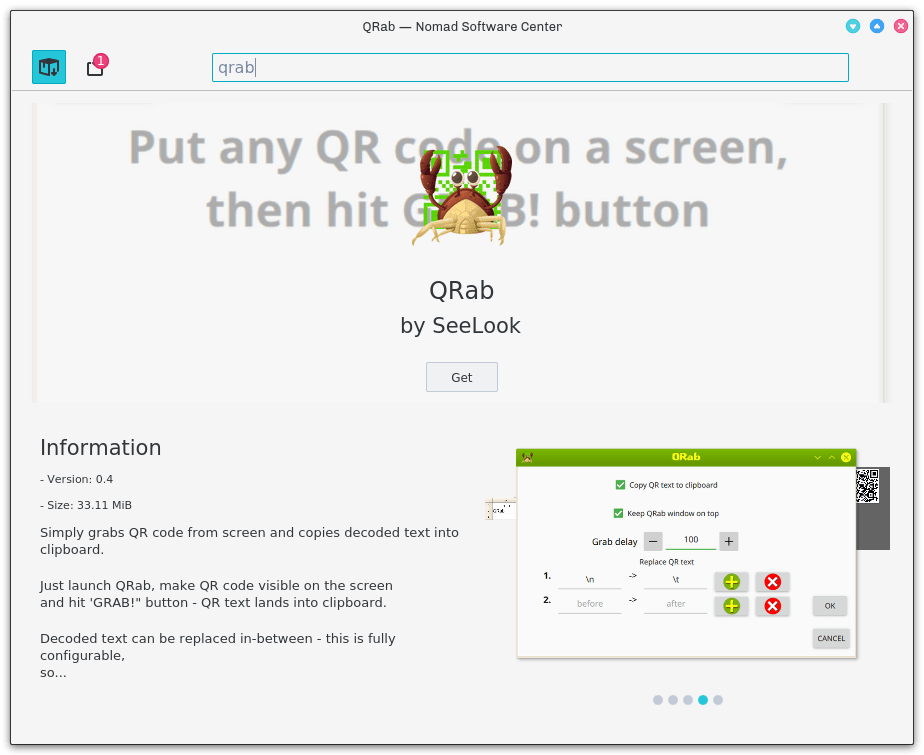
We build Nitrux because we love it and there is no pressure to sponsor, however, we do welcome anything that you can spare.
By sponsoring Nitrux you contribute by giving the development team a regular and predictable income to cover our hosting, development, and hardware testing costs. Donated funds are used to finance the needs of the project including, but not limited to, hosting/server costs, equipment, and funding the work of the people behind it.
To sponsor our development head over to https://nxos.org/#sponsor. You can donate any amount you want. The team behind Nitrux will appreciate all donations as they will help bring this wonderful project to the same level of quality as that of the much larger, top-tier projects.
![]()
